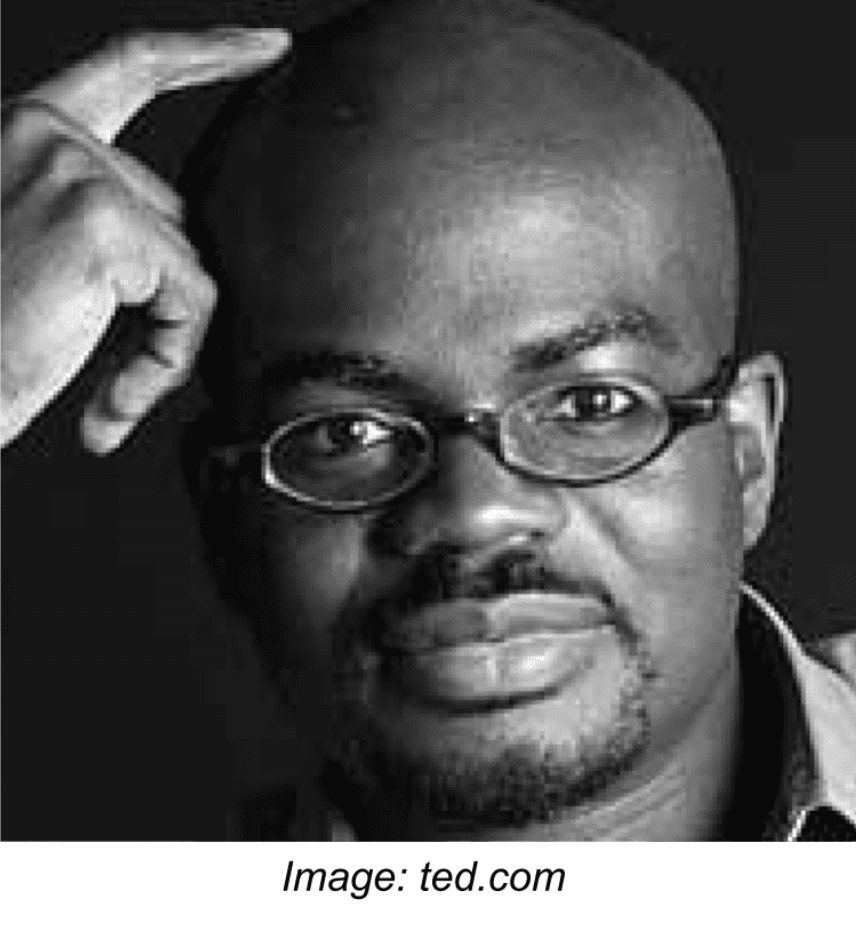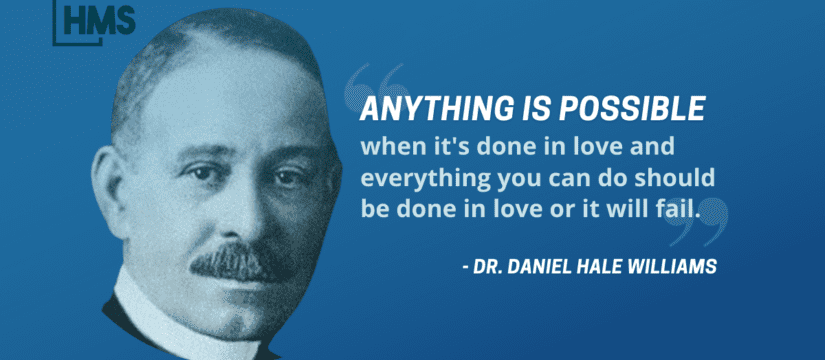
Celebrating Black Medical Innovators Who’ve Made a Lasting Impact in Healthcare
- February 1, 2023
- 1 Like
- 1338 Views
- 0 Comments
From the first successful open heart surgery to the development of neuromorphic engineering, Black physicians and scientists have made groundbreaking advancements in medicine, improving health and quality of life for millions, often while navigating racial prejudice, unequal access, and reduced opportunity.
At HMS, we celebrate the contributions of these medical pioneers who have set the stage for what we do everyday, combining healthcare and technology to improve outcomes for vulnerable populations. For Black History Month, we’re highlighting several of the countless Black innovators who pioneered healthcare and technological innovation to make a lasting impact on countless lives.
Daniel Hale Williams (1856-1931)
Dr. Williams performed the first ever successful open heart surgery in 1893, a landmark operation that changed the fate of the millions for whom heart complications would have meant certain death. Dr. Williams was also groundbreaking in other ways: he established the nation’s first interracial hospital and nursing school, and in 1895, he co-founded the National Medical Association for black professionals who at the time were barred from joining the American Medical Association. In 1913, he became the first African American to be inducted into the American College of Surgeons.

Alice Augusta Ball (1892-1916)
Alice Ball was a chemist who discovered a way to treat leprosy. At the time, people with leprosy were isolated in colonies and left to decline. Chaulmoogra oil was the only known treatment, but the traditional delivery methods were often unsuccessful. Ball figured out how to chemically modify the oil to make it water-soluble, and therefore injectable – developing the only effective treatment for leprosy. Tragically, Ball died at only 24 years old, and we can only imagine how much more she could have gone on to do. Her water-solubility methods continue to impact medicine today.
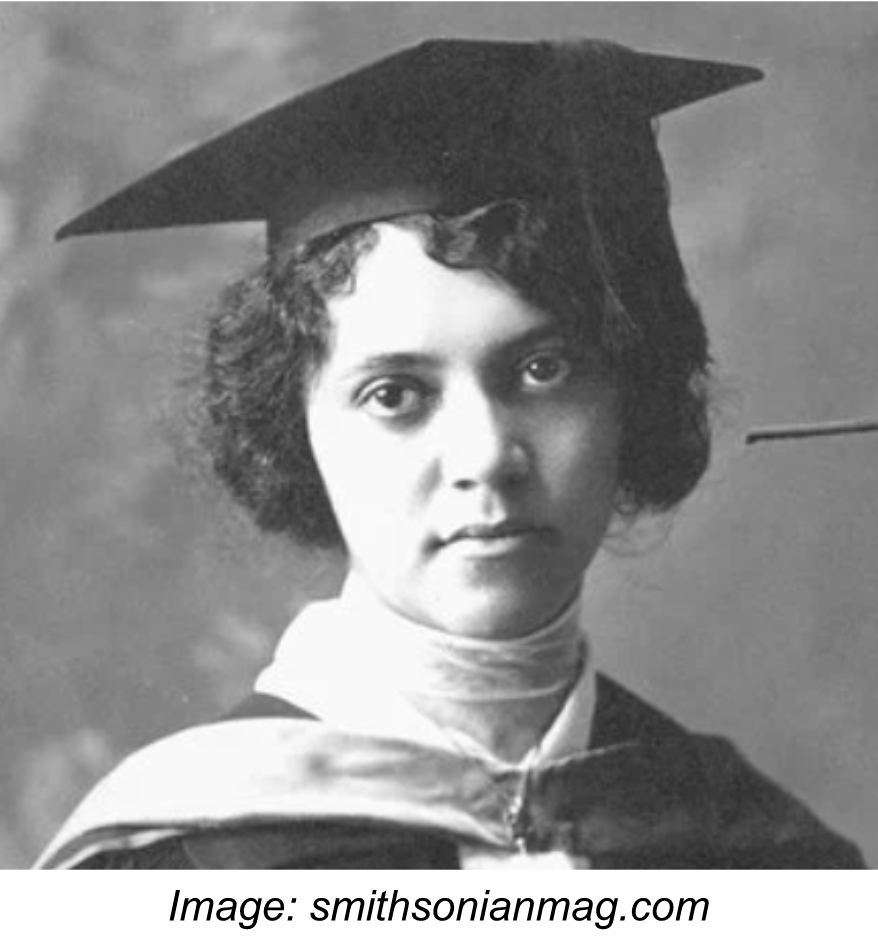
Percy Lavon Julian (1899-1975)
Dr. Julian is responsible for the development of many of the medications that we use regularly: progesterone, cortisone, and hydrocortisone, among others. His process for synthesizing physostigmine, previously only available from natural sources, was revolutionary, accomplished without modern techniques. This synthesized physostigmine was then used to successfully treat glaucoma, which currently afflicts 80 million people worldwide, and is the second leading cause of blindness.
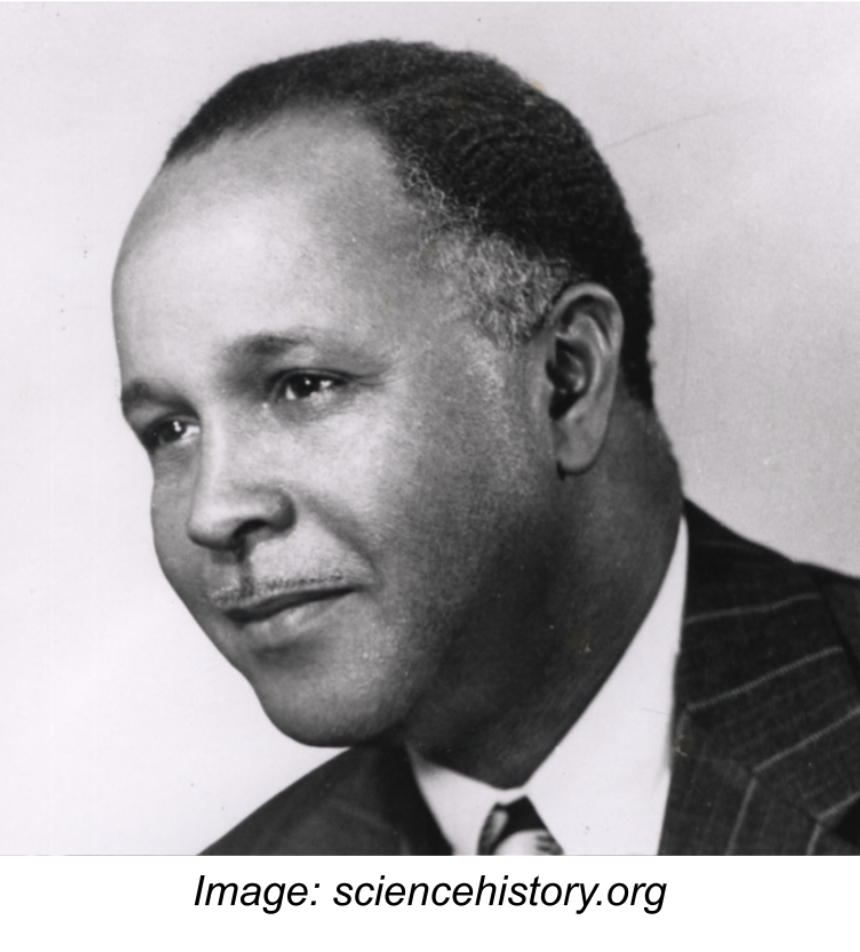
Otis Boykin (1920-1982)
Otis Boykin was the inventor responsible for the pacemaker, a device that has saved thousands of lives. Boykin was the first to develop an advanced electrical resistor that responded to precise regulations. A pacemaker uses electrical impulses to maintain a regular heartbeat, so electrical currents must be exactly measured and timed. Boykin’s patented resistors were less expensive and more reliable than earlier versions, and were quickly incorporated into all kinds of products, from computers to guided missiles.
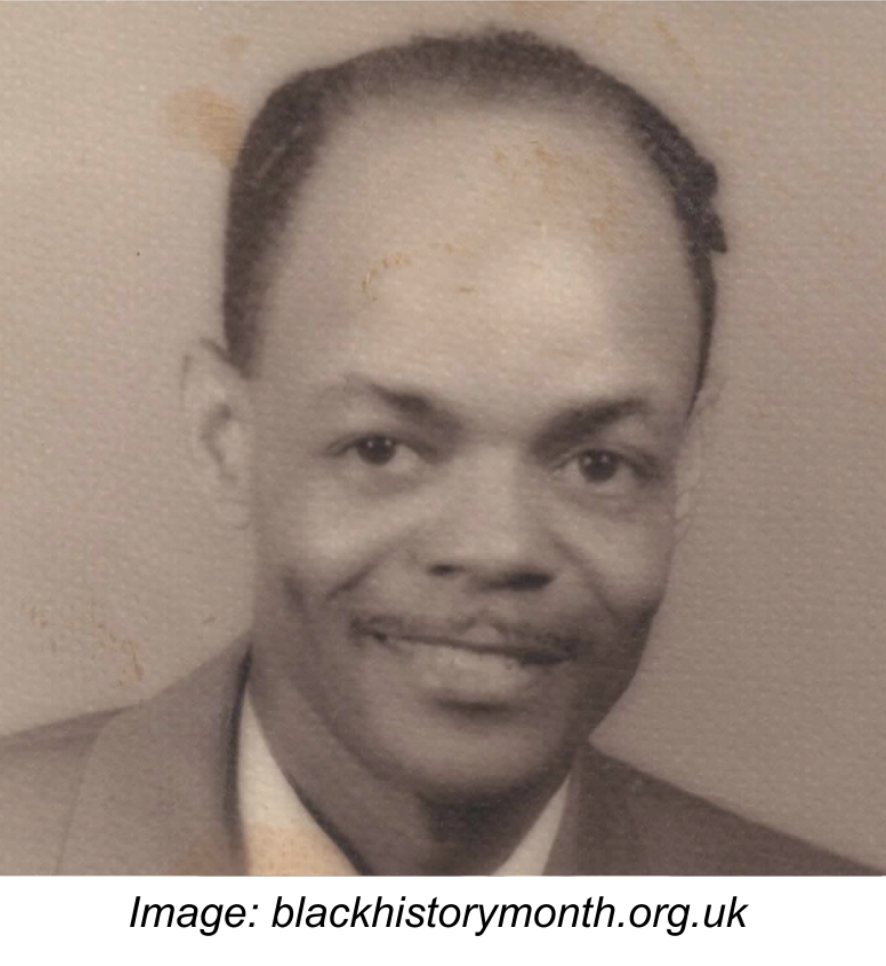
Patricia Bath (1942-2019)
Dr. Bath was the first Black female ophthalmologist to patent a laser technique for treating cataracts. Her invention shifted cataract treatment from risky, less effective surgical techniques to non-invasive, permanent laser treatment that has restored sight to millions. Dr. Bath was a doctor-inventor as well as a humanitarian and social changemaker, who, when she learned that blindness was twice as likely to afflict Black people than white people, was inspired to make a difference in her community. At the time of her death in 2019, Dr. Bath held five patents for methods and apparatuses for the treatment of cataracts.
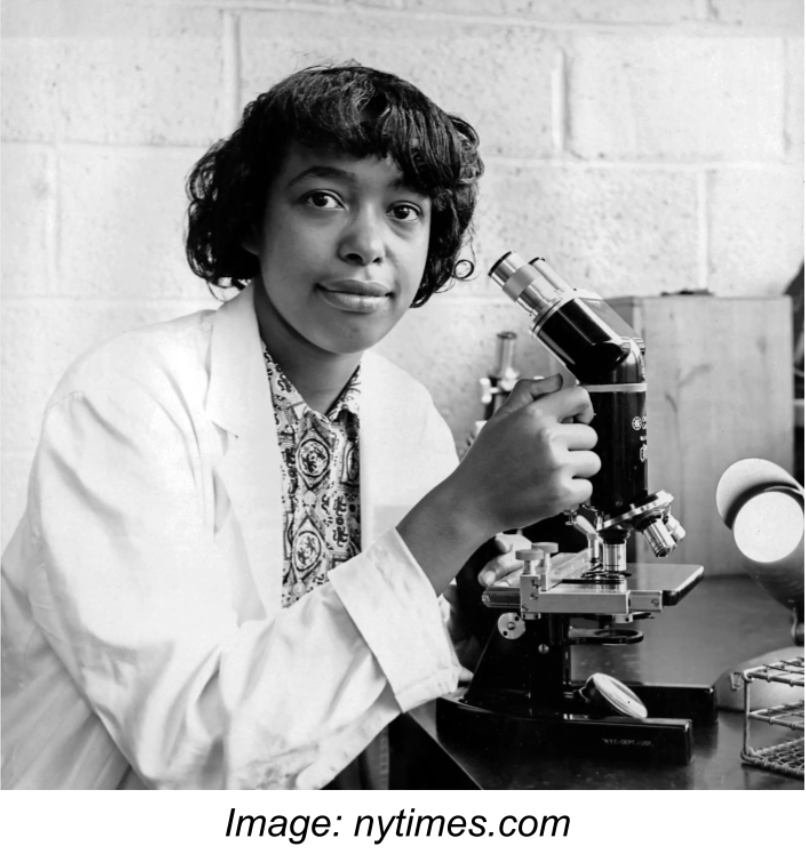
Kwabena Boahen (b. 1964)
Dr. Boahen is a bioengineer and a pioneer of neuromorphic engineering, which emulates brain function in computers. As a PhD candidate, Dr. Boahen created a silicon chip that mimics the functioning of a retina. Today, he is a Professor of Bioengineering and Electrical Engineering at Stanford University and founder of their Brains in Silicon lab, which bridges neurobiology and medicine with electronics and computer science. Practical applications for this type of technology could include improved drug delivery systems and enhanced prosthetic experience. But with such a revolutionary and emerging field, the possibilities are endless.
